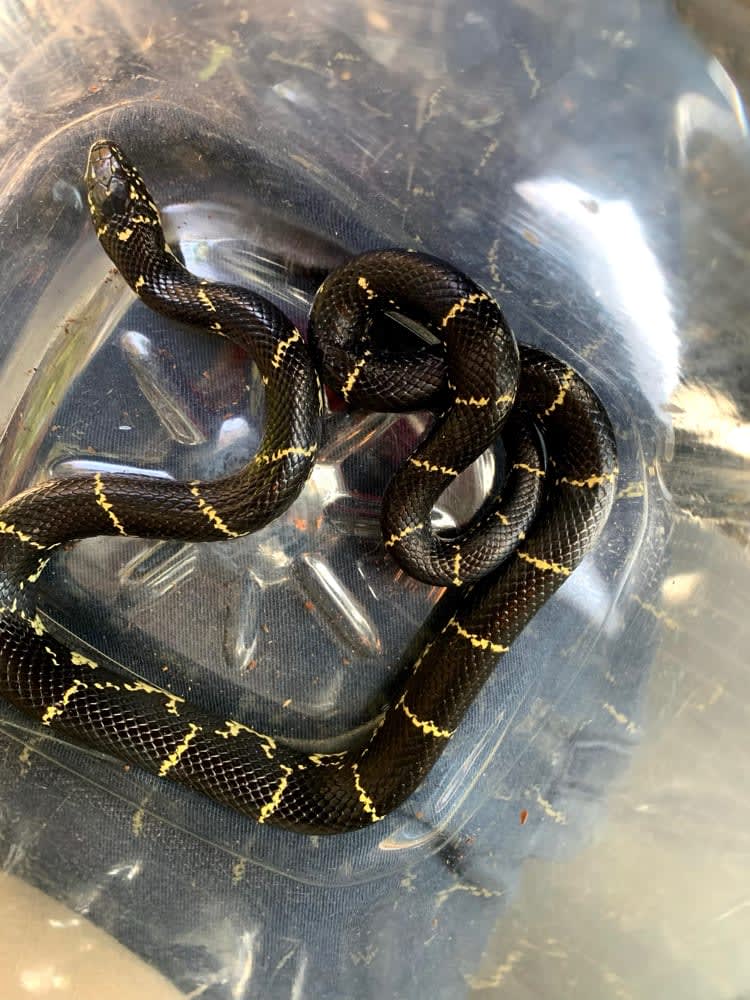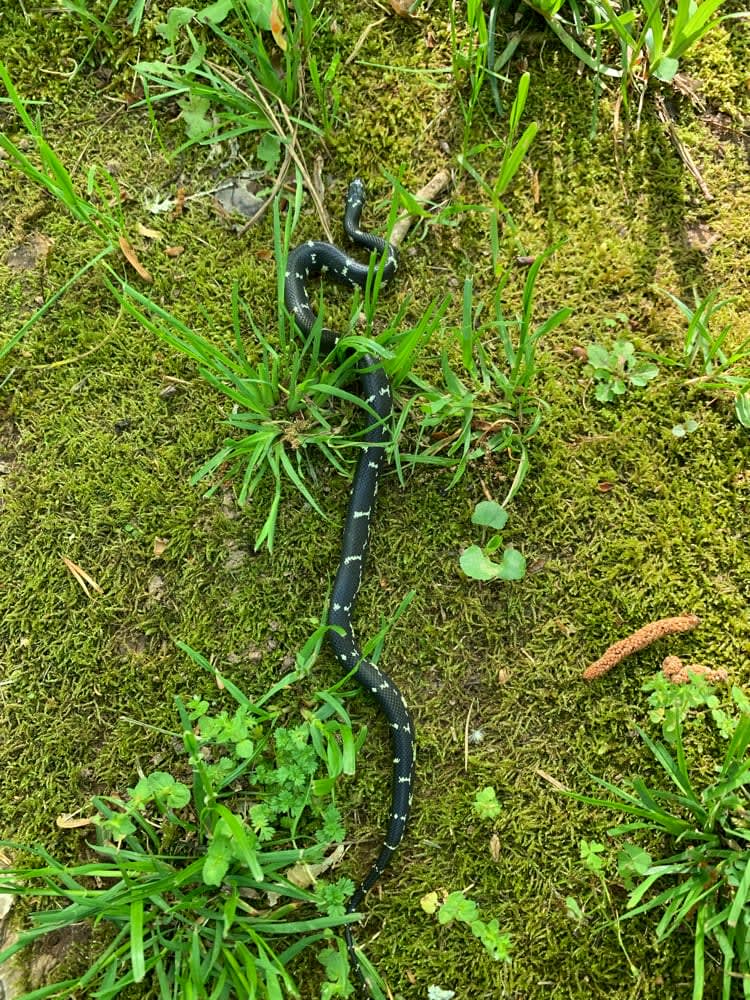
There are forty-seven snake species in the state of Georgia, and only seven of those are venomous.
Snakes in Georgia enter your home for one of two reasons — the temperature or a food source.
It could be that a single snake simply wandered into your house to seek refuge from the elements–not unlikely, as snakes are cold-blooded and very sensitive to temperature changes. Your home has the ideal conditions for a snake — temperate with many dark places.
Another more concerning possibility is you have rats or mice. Snakes primarily prey on rodents. A rodent infestation could lure a snake into your Atlanta home.
Atlanta Snake in the House Removal
If you suspect a snake in the house, the best course of action would be to call a professional, as they will have the proper tools and knowledge to take care of the infestation quickly and humanely. Furthermore, at Critter Control, during every snake inspection, we look for signs of rats or mice. We can provide an effective snake control and rodent control near you package to solve both pests.
Snake Trapping
Snake traps include a funnel trap or glue board (vegetable oil harmless counteracts the glue and releases the snake). If the snake hasn’t moved, we can catch the snake with snake tongs.
Snake Control
It takes a combination of different actions for snake control in the house. Exclusion, habitat modification, and eliminating potential food sources should all be used together to ensure that snakes do not get into homes.
Snake Exclusions in Atlanta
- Seal building foundations with caulk
- Repair holes along the roof
- Install hardware cloth along fascia board construction gaps
Habitat Modification for Snake Control
- Store woodpiles off the ground,
- Clear debris out of yards regularly
- Cut grass regularily
Where Are Snake Hiding Places in Your House?
It is difficult to find a snake once one has entered your home because snakes look for a place where they feel protected.
Snakes commonly enter structures through gaps in door sweeps, dog/cat doors, open windows, and construction gaps, which can even be located on a roof (Yes, snakes can climb!). Snakes are also commonly found within garages because they often provide many spaces for them to hide. They will even sometimes seek shelter within vehicles.
Where do snakes hide?
- Crawl Space
- Basements
- Walls
- Garage
- Attic
Where do snakes hide in a house?
- Behind a refrigerator
- Under an oven
- Under a bed
- Behind a couch
Signs of a Snake Infestation
A snake in your house will avoid people. They tend to stick to the hidden areas of your house, and it is not uncommon for a snake to leave your home. Even if a snake leaves, it has left behind physical evidence.
Snake Droppings
Snakes will only poop as often as they eat, which might be once every few days to once every few weeks, depending on variables like temperature and the size of the snake. If you find snake droppings inside, there’s a good chance a snake is in your home. Do not touch the snake poop! The feces can carry diseases that are transmittable. Wear proper PPE before attempting to clean up snake poop.
Snake Skin
Snakes shed skin about once a month; older snakes do so a bit less. If you’re seeing snake skins in your house, then, it’s probable that the sake in question wasn’t merely passing through.
Snake Tracks
Their appearance is reminiscent of the track a rubber hose would leave typically about ½ an inch wide or more, in the form of wavy or straight lines. This sign can be harder to spot. You’ll typically find a track through dust or dirt.
Snake in the Yard Control
While alarming, a snake in your yard is less of a concern than a snake in your house. If you see the snakes consistently in your yard and near your home, you might have a mouse or rat population. Those rodents will be looking for a safe place away from the predator.
